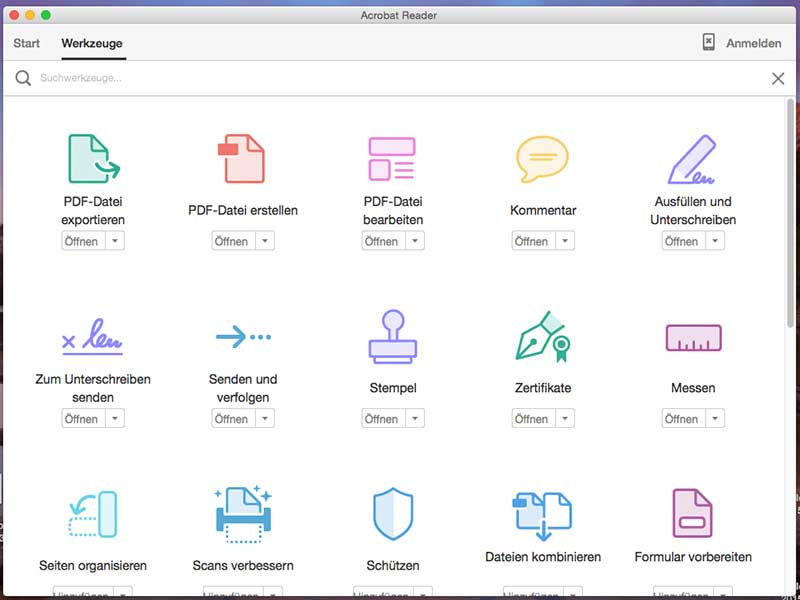

In my case, for example, Apple’s iLife has added the ability to send my PDF files to iPhoto, while a couple of additional applications have installed their own workflows. The actual contents of your PDF printing menu may include more or fewer items, as third-party applications are allowed to create their own special PDF generation workflows. Because of the specialized applications for which it was conceived, PDF-X is much stricter than PDF, which can come in handy when you’re dealing with stubborn documents, as we’ll see later.

The Save as PDF-X item may sound intimidating (it’s probably that extra X), but it only differs from the standard PDF generation option in that it creates a file based on a slightly different version of the output format mandated by the International Organization for Standardization and designed to facilitate the exchange of graphical documents. PDF support is built right into the OS X operating system.


To take advantage of this feature, all you need to do is have your application print a document and then, instead of proceeding with the print operation, choose one of the options from the PDF menu. As you have probably already figured out, the Save as PDF command results in the document being “printed” to a PDF file that is stored in a location of your choosing, while the Mail PDF option generates the PDF file and then automatically attaches it to a new message inside Apple’s Mail program. In practice, this means that any application that supports printing is capable of generating a PDF file that can be saved, e-mailed, or faxed to a third party. As a result, it is widely used across all platforms in fact, Apple has built the ability to generate and manipulate PDF files directly into OS X’s Quartz framework, which has also made its way into the mobile iOS, thus making the format a first-class citizen for all Mac and iPhone/iPad users.īecause PDF support is built right into the operating system, OS X’s printing system gives applications the ability to “print” a file directly to PDF. While Adobe still maintains the official PDF specification, the format itself is open and can be adopted by anyone without having to pay royalties. In principle, a PDF document should look and print exactly the same way on any computer, regardless of where it was created. Developed by Adobe and introduced in 1993, the format is designed to allow any number of completely unrelated computers of any platform to display a document while preserving all of its typographical and layout information, including fonts and images.
Install adobe pdf printer mac os x portable#
The most popular instrument used for this purpose is probably the Portable Document Format, which is known to most people simply by its initials, PDF. Today, having computers and the Internet at our disposal means that digital formats have replaced paper, papyrus, and stone tablets as our primary ways of storing and exchanging documents. In the modern world, however, putting pen-or printer-to paper may no longer be the best way of preserving a document for all eternity. In their ancient wisdom, the Romans were fond of reminding themselves that, while the spoken word is ephemeral, its written counterpart lasts forever.


 0 kommentar(er)
0 kommentar(er)
